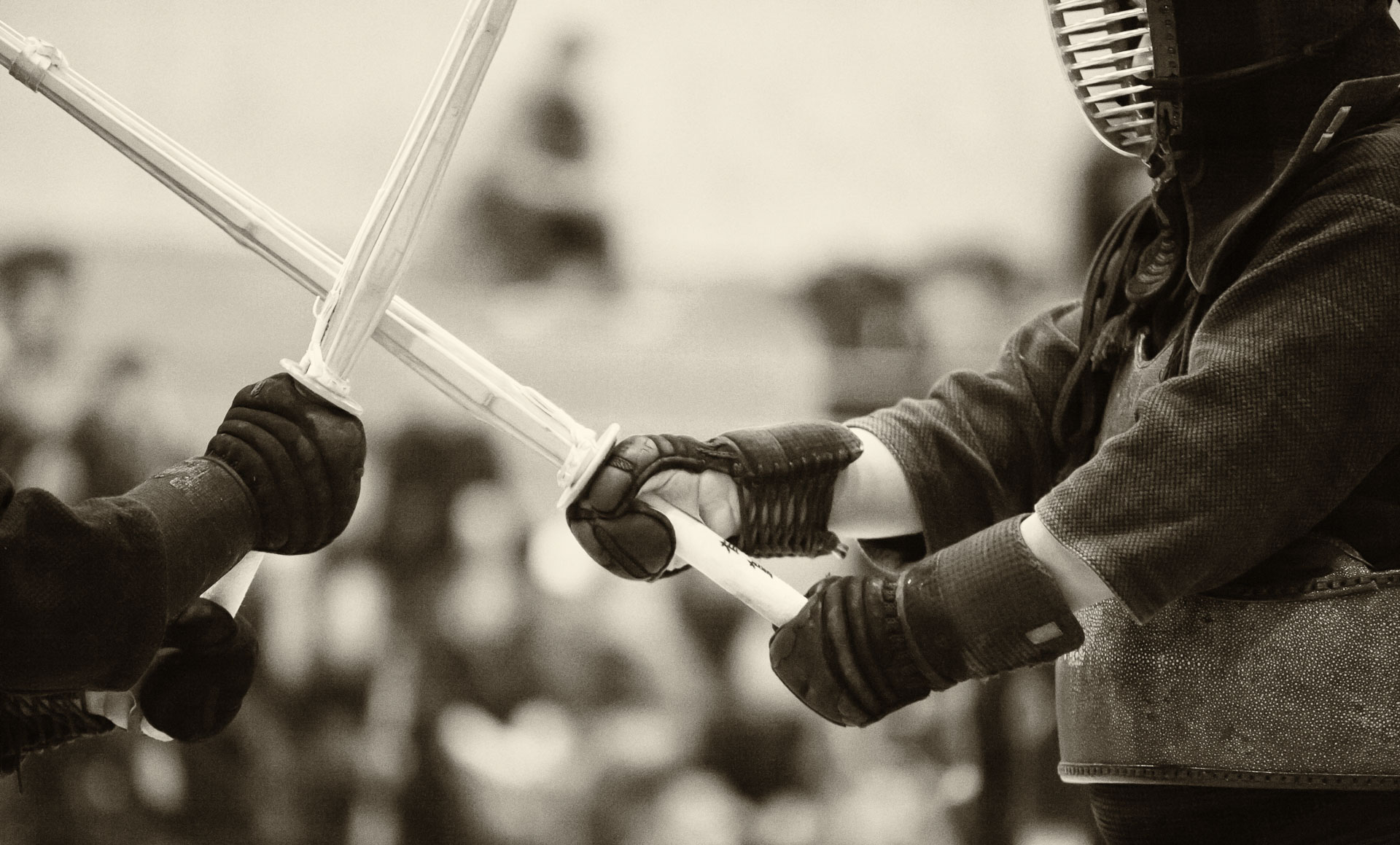
Just as most people think that they are better-than-average drivers, majority of us think that we are better at strategy (e.g. business, sports, politics, etc.) than most of the others. Obviously, this cannot be true. Besides, there is one interesting limitation of being an expert strategist in a particular activity (e.g. basketball), which prevents this expertise from easily transferring to generalized strategy. Specific activities, particularly sports, have a defined set of rules. Learning and practicing to operate and within these rules makes one an expert, but not necessarily a strategist. True strategy implies ability (indeed, a skill) to quickly adapt to the new reality if some of the rules suddenly change or the new ones are added to the original ones.
This is another argument to striving to continuously reinvent oneself in any creative activity. Doing so allows us to practice strategy in the general sense – developing a skill of quickly formulating a model of the operating conditions (the ever-changing reality) from limited observations of those around us. In martial arts, this happens in a very explicit and direct way – by practicing your skill agains different opponents of various ages, body types, experience, skill and ability levels. In other areas, the analogy is more subtle, but it is there. As Richard Feynman put it in his famous interview “The pleasure of finding things out”, the scientific discovery (which is another example of a creative activity) is similar to watching a chess game and trying to figure out the rules. The trick is that we are allowed to see only a part of the board and only from time to time.


























